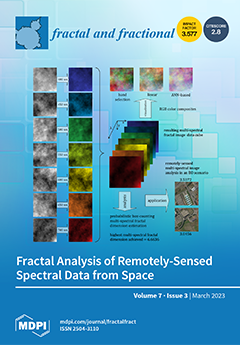Quantum Fourier transform (
QFT) transformation plays a very important role in the design of many quantum algorithms. Fractional Fourier transform (
FRFT), as an extension of the Fourier transform, is particularly important due to the design of its quantum algorithm.
[...] Read more.
Quantum Fourier transform (
QFT) transformation plays a very important role in the design of many quantum algorithms. Fractional Fourier transform (
FRFT), as an extension of the Fourier transform, is particularly important due to the design of its quantum algorithm. In this paper, a new reformulation of the weighted fractional Fourier transform (
WFRFT) is proposed in order to realize quantum
FRFT; however, we found that this reformulation can be applied to other transformations, and therefore, this paper presents the weighted fractional Hartley transform (
WFRHT). For the universality of application, we further propose a general weighted fractional-order transform (
WFRT). When designing the quantum circuits, we realized the quantum
WFRFT via
QFT and quantum phase estimation (
QPE). Moreover, after extending our design to the
WFRHT, we were able to formulate the quantum
WFRHT. Finally, in accordance with the research results, we designed the quantum circuit of the general
WFRT, and subsequently proposed the quantum
WFRT. The research in this paper has great value as a reference for the design and application of quantum algorithms.
Full article





